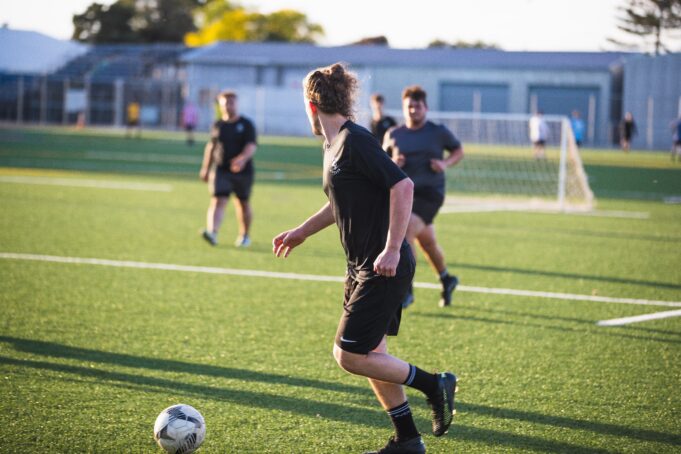While a lot of sports require the use of equipment such as balls and bats, the body is the real tool of the athlete’s trade. Therefore, athletes try to keep their bodies in top physical condition and find creative ways to give themselves an edge over the competition.
Though the human body is made for motion rather than remaining sedentary, the demands that athletes make of their bodies is sometimes greater than they are designed to handle. Athletes employ several different techniques to keep their bodies in the best possible condition. Some are basic, common-sense methods, while others are more esoteric.
1. Stress Relief
The body can react to stress by tensing the muscles. When participating in athletic activities, tense muscles may be at greater risk for injury. Immediately before a sporting event or athletic activity, athletes loosen up their muscles by performing warm-ups. However, some may also turn to alternative methods of managing general life stress, such as aromatherapy with Young Living Essential Oils.
2. Cupping
Cupping is a fairly recent fad in the world of sports but its actually a technique of traditional Chinese medicine that goes back thousands of years. It involves placing a heated glass cup directly on the skin for the purpose of releasing muscle tension in the affected area. According to traditional beliefs, cupping stimulates the flow of natural energy through the body. Medical science has not yet confirmed the effectiveness of cupping for improving performance. However, there do not seem to be any ill effects other than mild bruising to the skin when it gets pulled into the slight vacuum inside the cup. The prevailing attitude is that even if it doesn’t do any good, it probably won’t do any harm.
3. Objective Evaluation
It is difficult for an athlete to gauge his or her own performance because of the lack of objective observation. Athletes can benefit from evaluation by professionals trained to assess performance, such as chiropractors, physical therapists, and conditioning coaches. This helps identify strengths and weaknesses so that an athlete can further develop the former and work to improve or compensate for the latter. The professionals that an athlete chooses can become sort of a team working with the athlete on a long-term basis to maximize results.
4. Listening to the Body
Young athletes often receive a lot of messaging telling them to give 110%, play through the pain, never stop pushing yourself, etc. A lot of those messages are actually marketing slogans used to drive sales of clothing, sports drinks, etc. If the athlete is lucky, he or she also receives guidance from coaches and health care providers saying to pay attention to what the body is communicating through pain and fatigue and to scale back when necessary. Serious and sometimes irreversible injury can result from pushing the body too hard.
5. Fitting Exercise Into a Schedule
While it is important not to push the body too hard, it is also important to stay consistently active. This is not only true of athletes but of people in general. Putting off exercise makes it easier to skip it altogether. It is better to perform a shorter, more condensed workout as you are able than to wait until you have time for the full workout, which may never come.
6. Keeping Well-Fed and Hydrated
Food is the fuel that the body needs to function, and athletes need high-quality fuel to prepare their bodies to meet the demands that they place on them. It is therefore important for athletes to eat a healthy and varied diet.
Physical activity causes the body to expend fluids and electrolytes in sweating. If these are not replenished frequently, it can cause dehydration, which in turn can lead to serious illness. Athletes can prevent dehydration from drinking plenty of water and/or electrolyte drinks while participating in activity.
If you are an aspiring athlete, this guidance may help you to take care of your own body and improve your performance. However, even if you are not an athlete, you may benefit from adopting at least some of these techniques on a smaller scale. At the very least, regular exercise, healthy diet, and hydration are important for everyone.




